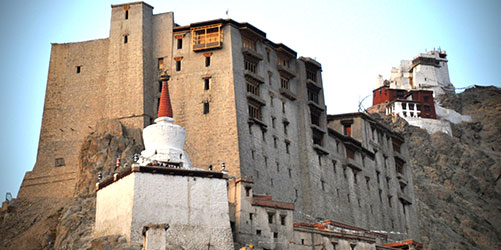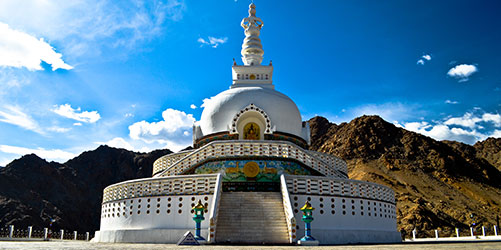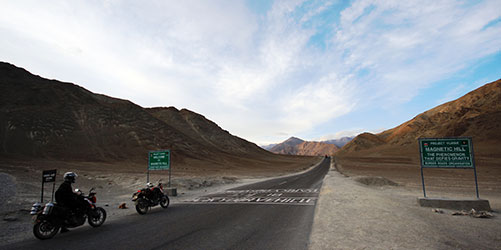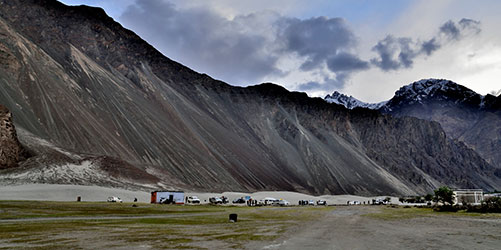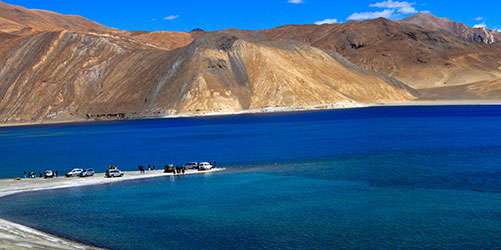

Leh, the ancient capital of ladakh region is perched at an altitude of 3,350m amidst starkly beautiful mountains, which softly combine into an oasis of lush fields.
Today Leh has emerged as an important tourist destination providing a usual holiday. It is a perfect place for climbing, trekking, white water rafting and camping. The region is studded with a number of Buddhist monasteries and glorious palaces.
The headquarters of india’s largest district. Ladakh with the smallest population was first opened to tourists in 1974.
This city with rich history has a rich cultural heritage as well. It is also called the land of monasteries. Though Budhhism is a dominant religion in this city there is a sizable population of Muslims as well. People from other communities’ like Hindus and Christians also live here. There is always a feeling of harmony. As far as language is considered most of the people speak Ladakhi. People here are also fond of their dance and music. Jabro, Shondol, Marriage Dance and Kampa Sumsak are some of the well known traditional dance. So come and experience the rich culture and heritage of place called Leh.
